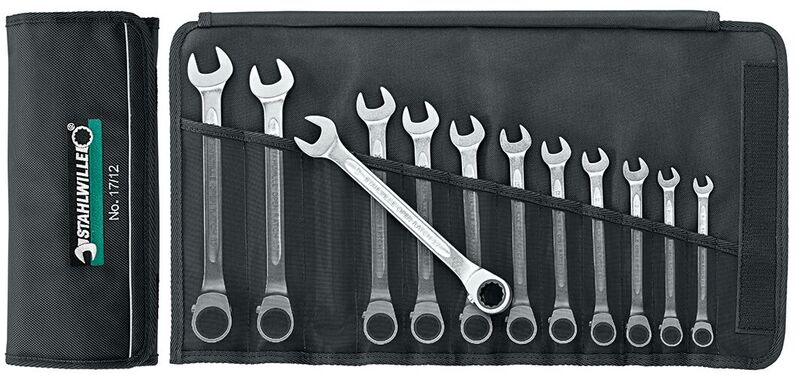First patented by Solomon Merrick in 1835, the wrench is also usually called spanner in British English. Since 1835, it has been an almost universal presence throughout the world, due to its simple and effective design.
The simplicity of the design of the wrench/spanner is one of the main factors why it has been so widely adopted since its creation is. To find the stahlwille spanners visit www.henchman.com.au/AdvSearchBrand/Stahlwille-Tools/advancedsearch/pl.php.

Image Source: Google
The easy design guarantees it is easy as pie to copy and therefore can produce ineffective mass. But, its extreme efficiency in the design and use of torque assures freeing or tightening bolts is an easy manner.
The operation of the wrench is wonderfully simple actually; it acts as a lever, and because of the length of the tool, it reduces the amount of force you must apply to fix or loosen the nut.
With adjustable wrenches, one of the most frequently found changes in the wrench, the head of the wrench is adjustable within the given tolerance so it can accommodate a range of nut sizes. Hence, it is effectively adapting to a range of situations.
Another kind commercially widespread is the socket wrench, the ratchet is the winner here. These are normally used by mechanics because they allow a way of ratcheting – a quick process that reduces the time it takes to trade people to do certain tasks like unfastening car wheels.